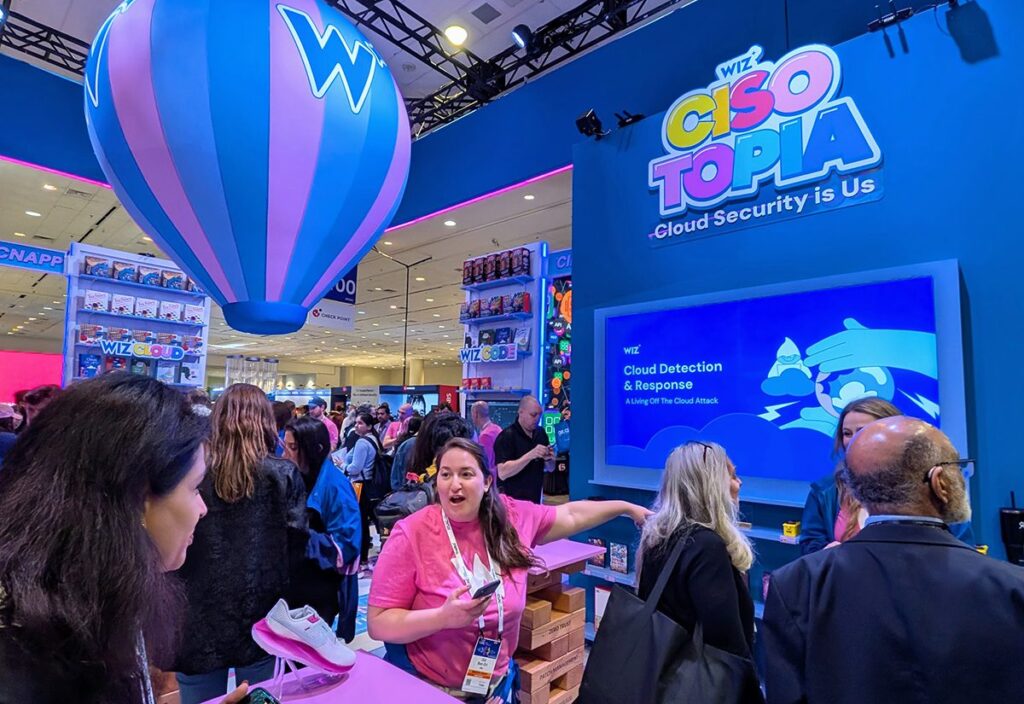P&G was in the news this week over the dangerous social-media-fueled trend of teenagers ingesting Tide Pods, called the “Tide Pod Challenge.”
CEO David Taylor said in a blog post that the company is working with social media channels—YouTube and Facebook—to take down videos of young people biting into the detergent pods. Some have placed the blame for the viral surge of videos and the incidence of poisonings on the two social media channels.
To try and counter the craze, P&G looked to one of its stars, two-time Super Bowl champ Rob Gronkowski. A 20-second video features the New England Patriot’s tight end where he tells viewers in plain language not to eat the pods.
“What the heck is going on people?” he says in the video. “Use Tide Pods for washing, not eating.”
In the first 15 days of 2018, poison control centers reported at least 39 cases of people — mainly teenagers—eating the pods, Fortune reported.
P&G has also been active on its @tide Twitter account, offering tips if the pods are ingested and warning people not to consume them.
“Our Community Standards don’t allow encouragement of physical harm or content that is promoting or encouraging behavior that could lead to self-injury or death. We have and will continue to remove any of this material as soon as we’re aware of it,” a Facebook spokesperson said in a statement.
Gronkowski, is a spokesperson for Tide. Last year, he sported pig tails in a series of hysterical ads for Tide Sport Pods.
Procter & Gamble also made news this week as it continues to slash marketing costs and agency fees.
P&G has been moving some capabilities in house as it also drastically cuts agency fees. Last year, it hammered its global agency roster from 6,000 to 2,500 with many more cuts expected this year. P&G has already cut agency and production costs by $750 million with plans to cut another $400 million moving forward.
There are plans to move more media planning and buying in-house, the CFO, Jon Moeller, said Tuesday.
Even after pulling back on digital ad spending last year, the world’s biggest ad spender was able to reach 10% more consumers last year due to improved targeting and media relationships, according to AdExchanger.
Related articles:

 Network
Network

